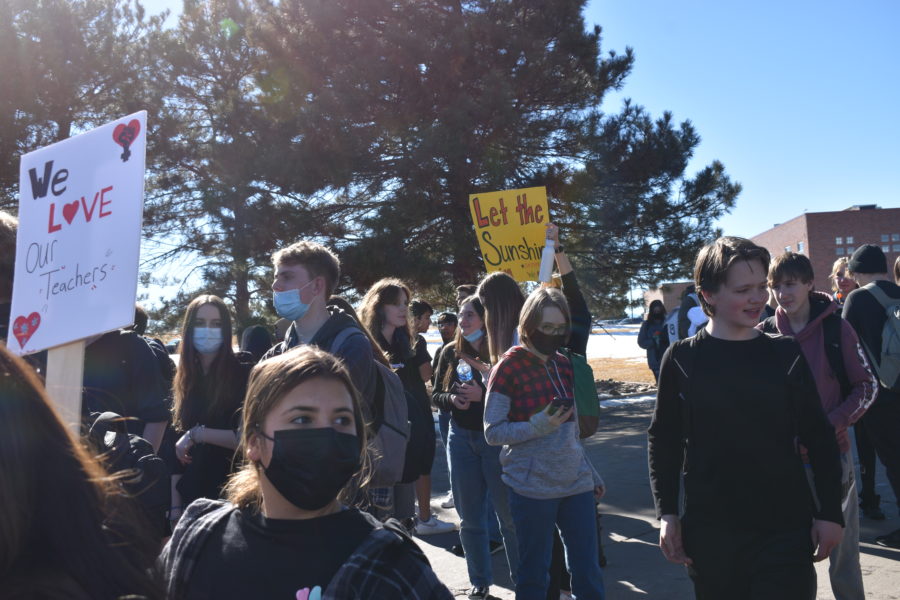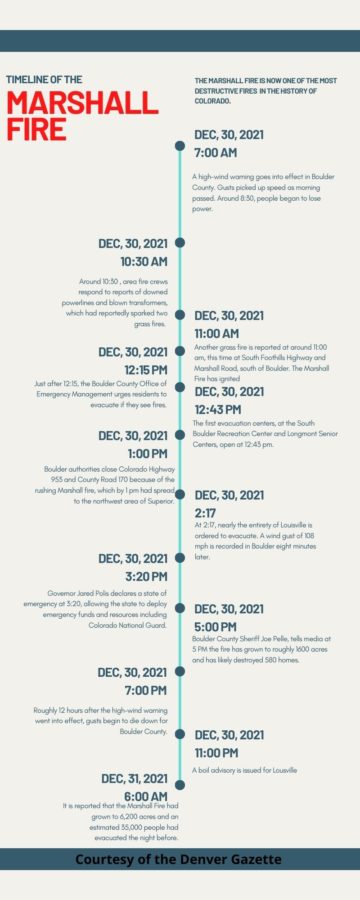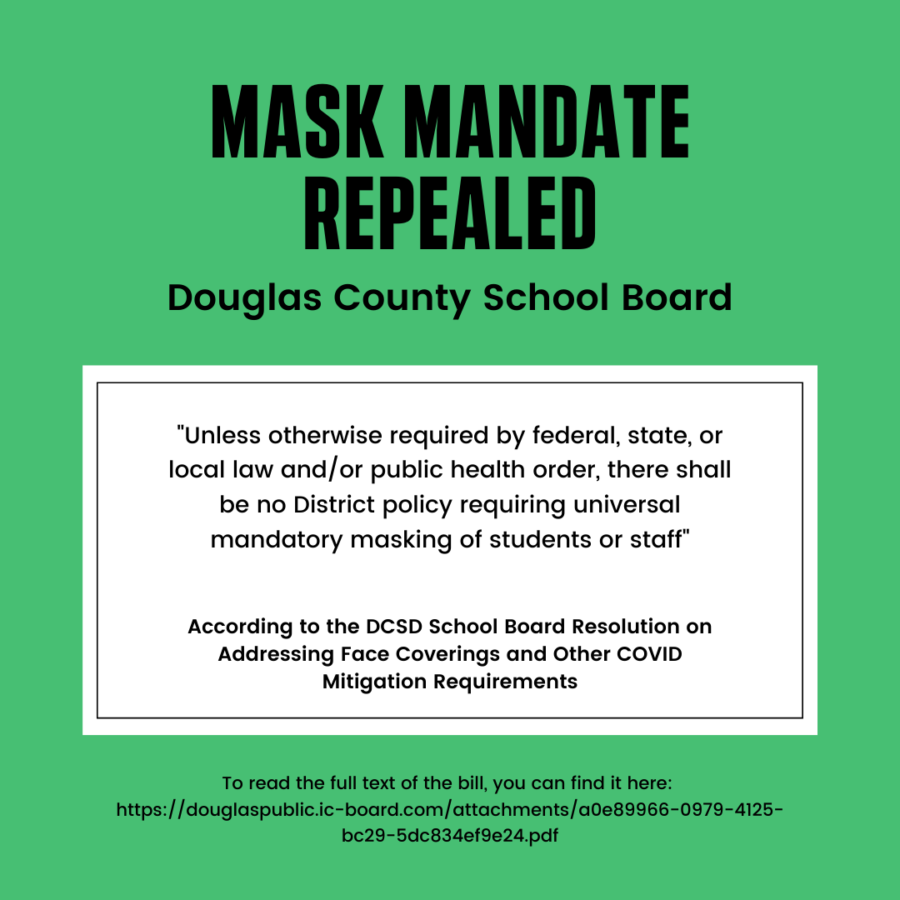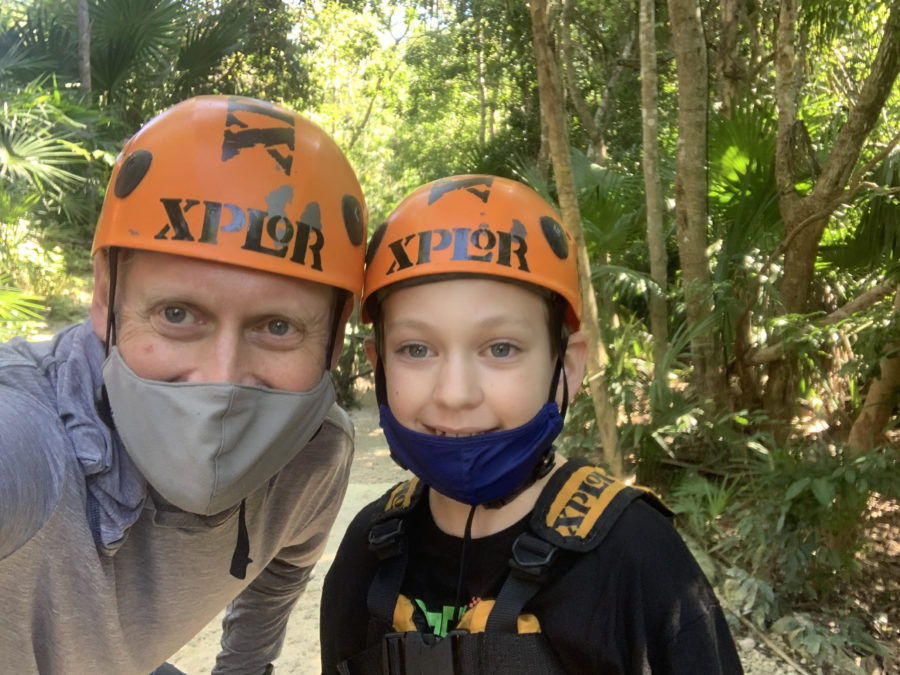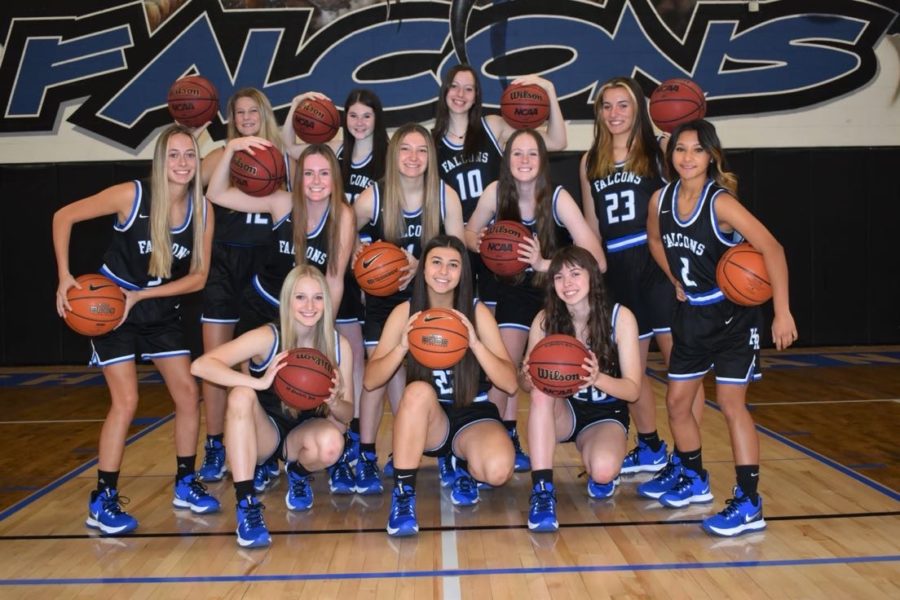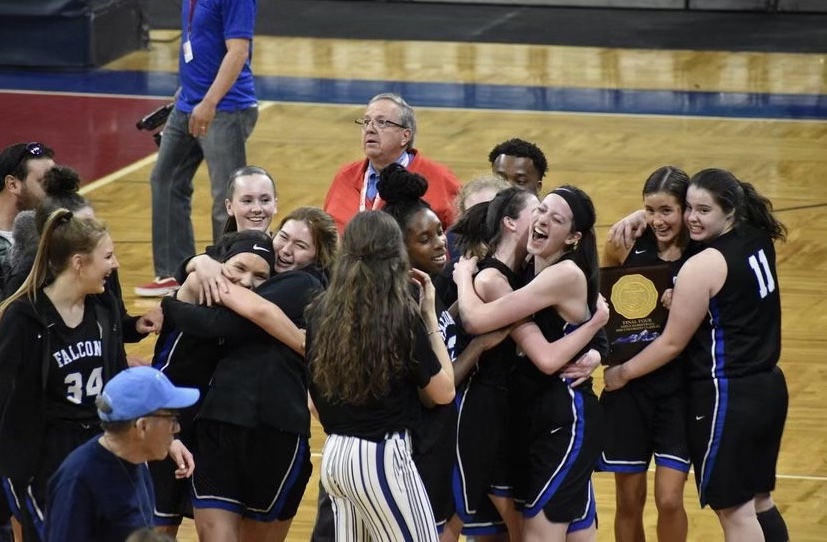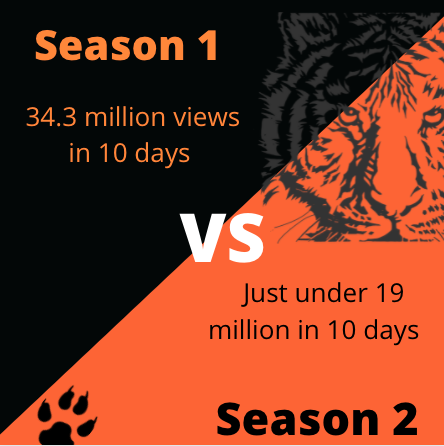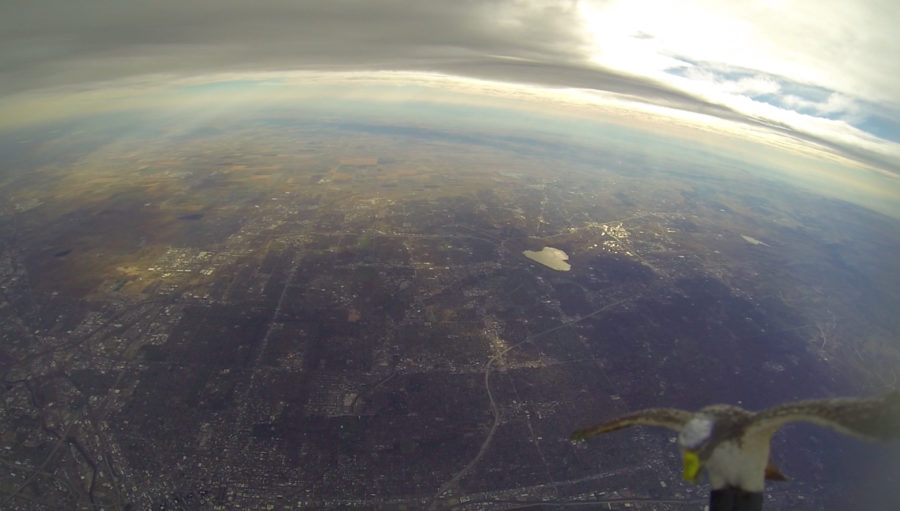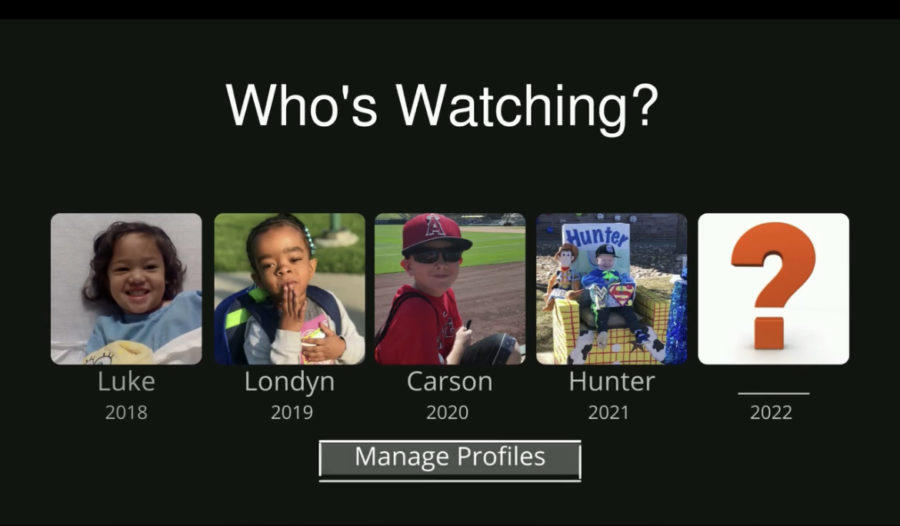
Sunday, October 26 was the launch of the meteorology class’s weather balloon. The class has done three other launches over the span of two years, but this year, there was a new addition to the experiment. Mrs. Dreissen’s biology class conducted their own experiment by sending a variety of organisms into space with the weather balloon.
“The goal was to get the students directly involved in a hands-on experience,” said meteorology teacher Mr. MacArthur, “And to connect the sciences, to show how they are used in the real world. We were testing whether organisms could survive in this extreme environment; that’s bringing in biology. That makes us wonder if they could live on other planets, connecting to astronomy.”
The biology class launched an aquatic plant (elodea), water bears, and halobacteria. Water bears (Tardigrades) and halobacteria are both extremophiles; water bears can withstand extreme temperatures and high levels of radiation and halobacteria have survived the journey into space before. “Our goal this time was to see if anything lives,” said Dreissen.
The organisms were put into sealed tubes and zip-tied to the frame of the weather balloon. The goal was to allow the organisms to withstand the conditions without protecting them too much, so the class could observe the effects.

The balloon made it into the stratosphere and almost into the ozone layer of the atmosphere, so the organisms would have to survive temperatures of 93 degrees to -36 degrees Fahrenheit. They also have to survive getting to a maximum altitude of 99,711 feet and varying air pressure.
Unfortunately, the samples dehydrated before they could be examined, so the results are unclear. “Best case scenario, we improve on this design and send up something else for the next launch,” said Dreissen.
“The experiment was successful in that the balloon was launched and we were able to collect sufficient data from it. Even the things that some may call failures, like the fact that the battery died part of the way through and the biology samples dehydrating, are just ways we can improve and be successful in our next launch,” said MacArthur.
“I’ve been looking forward to this for a long time. It’s such an excellent opportunity,” said senior Anna Mate, student in both the AP Biology and meteorology class.
There will be two other launches this year, one on November 15 and one sometime in spring. The results from the next launch will dictate the actions the classes will need to take to improve or change the experiment.
Mikayla Rust, Editor in Chief

